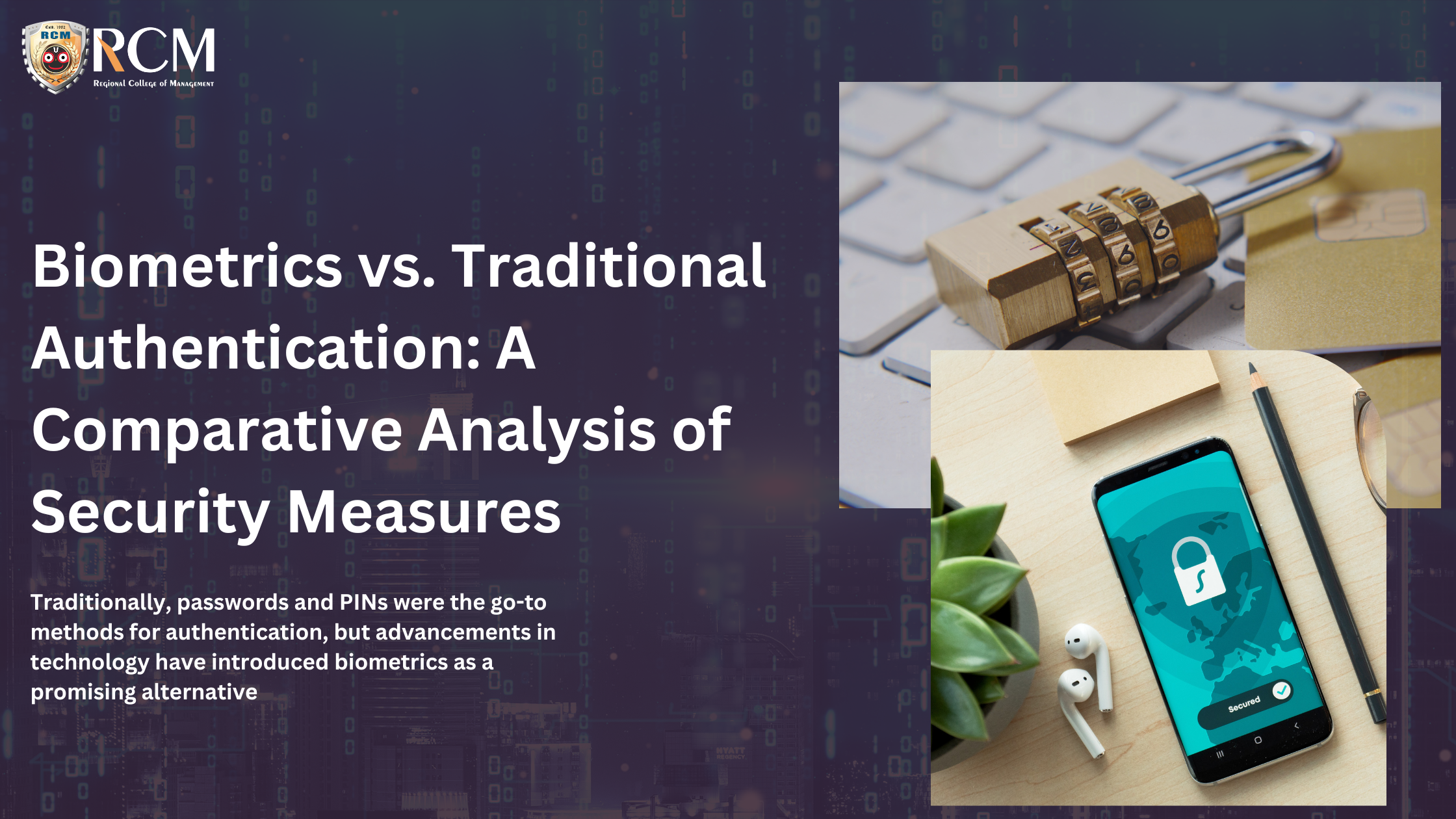In the ever-evolving landscape of cybersecurity, authentication methods play a pivotal role in safeguarding sensitive information and digital assets. Traditionally, passwords and PINs were the go-to methods for authentication, but advancements in technology have introduced biometrics as a promising alternative.
In this blog, we delve into a comparative analysis of biometrics and traditional authentication methods to understand their strengths, weaknesses, and the future of secure authentication.
Traditional Authentication Methods
Traditional authentication methods, such as passwords, PINs, and security tokens, have been the cornerstone of digital security for decades. Users are required to remember and input unique credentials to gain access to their accounts or sensitive information.
While widely used, traditional methods have several vulnerabilities, including weak passwords, password reuse, and susceptibility to phishing attacks.
Biometrics: A Revolution in Authentication
Biometrics utilizes unique physical or behavioral characteristics of individuals to establish their identity. Common biometric identifiers include fingerprints, facial recognition, iris scans, voice patterns, and even behavioral traits like typing patterns.
Biometric authentication offers significant advantages over traditional methods, such as increased accuracy, convenience, and resistance to brute-force attacks.
Accuracy and Security
One of the primary benefits of biometric authentication lies in its accuracy. Biometric identifiers are distinct to each individual, reducing the risk of impersonation or unauthorized access. In contrast, traditional authentication can be compromised through weak passwords or PINs, making it susceptible to hacking attempts.
Convenience and User Experience
Biometric authentication offers a seamless and user-friendly experience. Users no longer need to remember complex passwords or carry physical tokens; they can effortlessly authenticate with a simple touch or glance. This convenience promotes widespread adoption and encourages users to prioritize security.
Vulnerabilities and Challenges
Despite its advantages, biometric authentication is not without challenges. Data privacy and security concerns arise when biometric information is stored in centralized databases. If breached, this sensitive data could lead to irreversible consequences.
Additionally, some biometric systems may be susceptible to spoofing, where attackers attempt to replicate biometric traits for unauthorized access.
Multifactor Authentication: The Best of Both Worlds
A holistic approach to authentication involves combining biometrics with traditional methods in a multi-factor authentication (MFA) approach. By using two or more authentication factors, such as a fingerprint scan and a one-time password (OTP), MFA provides an added layer of security, reducing the risk of unauthorized access significantly.
Conclusion
The comparative analysis of biometrics and traditional authentication methods reveals that while biometrics offer enhanced security, convenience, and accuracy, it is essential to consider the context and potential risks associated with each method.
Adopting a multi-factor authentication approach that combines biometrics with traditional methods can offer a robust and future-proof authentication solution, ensuring a balance between security and user experience in the rapidly advancing world of cybersecurity.






















